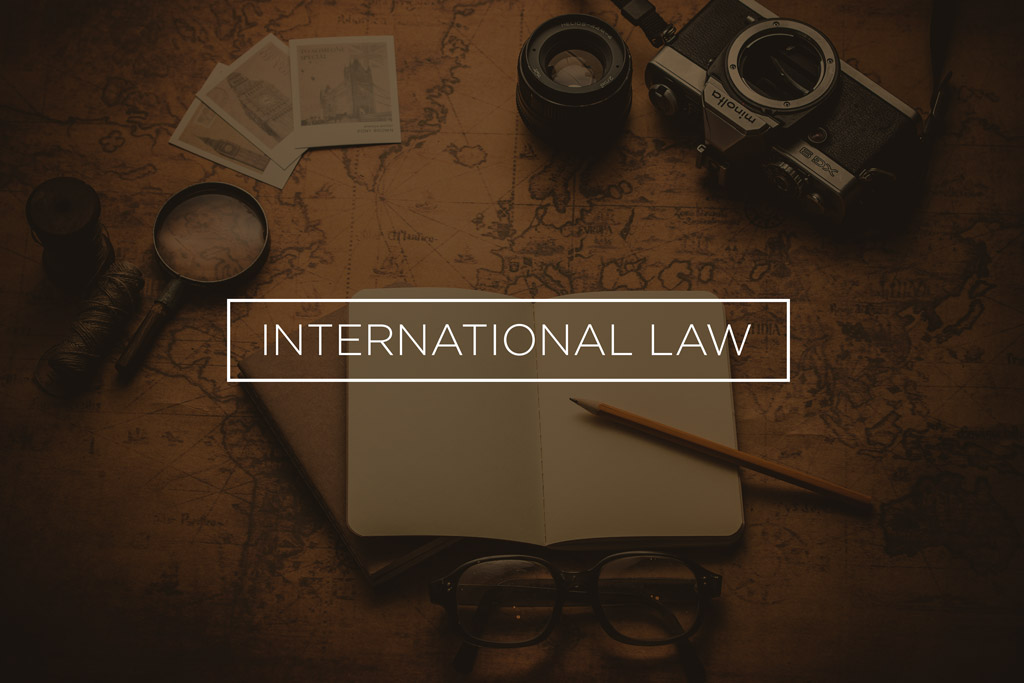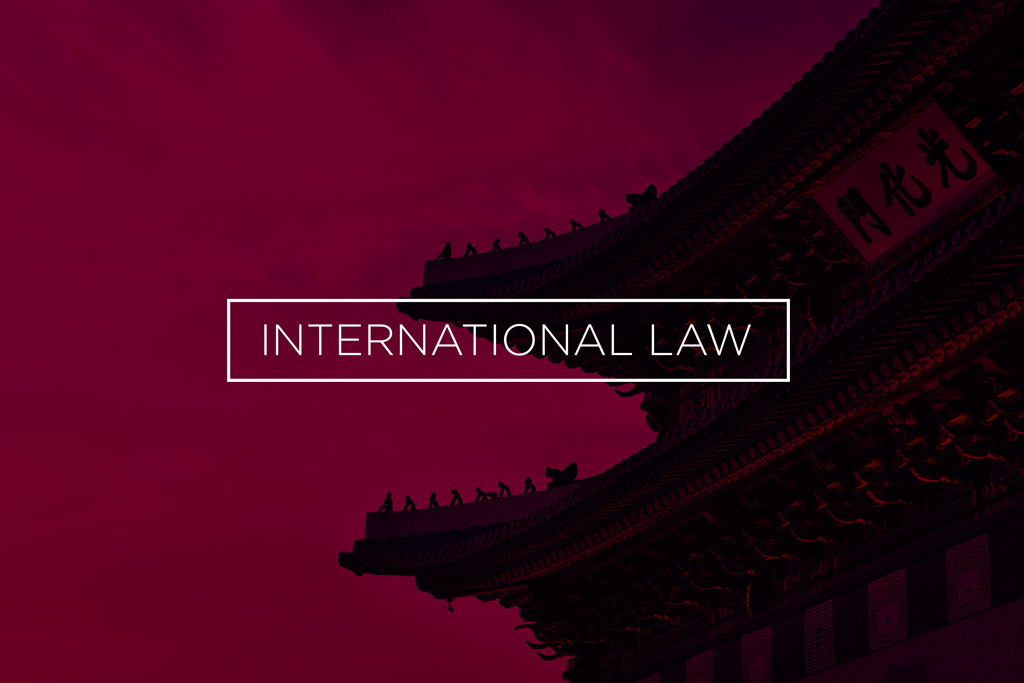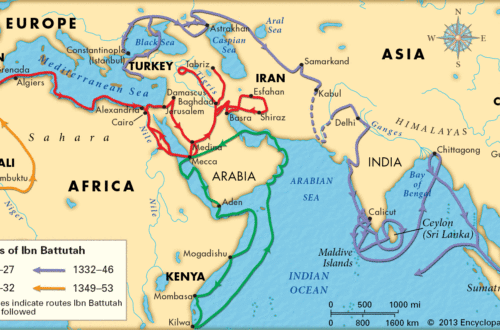
A Poor Man’s Debt is a Rich Man’s Asset
Financial globalisation is convoluted. To navigate the architecture that facilitates flows of cross-border finance, it is necessary to understand a little (perhaps a lot) about the nature of commercial activity, monetary and fiscal policy, and global political economy. Central to the growth of commercial activity is capital, sometimes as equity but mostly as credit. To fund the production of tradeable goods or the delivery of tradeable services, providers need money. While this has always been true, the globalisation of a market for finance only developed during the neoliberal era; though it would be more accurate to acknowledge that the current version of financial globalisation is beset with a neoliberal personality.
There is indeed only one other period in history when exchange rates were not managed and cross-border financial flows were liberalised: 1870-1914. We observe, however, a qualitative difference between the previous period and the current one. John Linarelli explains that late 19th century financial globalisation was the siamese twin of colonisation and empire. Capital was needed to extract wealth from the colonies, either by dispossessing natives of their resources (capital to colonise) or compelling natives to engage in productive-activities (capital to enslave). Transactionally, this translated into a rise of outward financial flows from the metropolis to the colony. While the benefits were intended exclusively for foreign settlers and their overlords, the practice did establish important infrastructure and productive activities that benefited, at least incidentally, natives and enslaved peoples.
Contrast the previous model of ‘development finance’ with what is today termed ‘diversification finance’. Current cross-border financial flows are designed for investors and traders, providing them with a framework within which they can hedge and diversify risk. They do this by pooling and swapping financial assets between themselves, in what often appears as little more than a glorified ponzi scheme. In this way, investors can insulate themselves from market risk while aggravating the exposure of entire states and societies to systemic risk of which sovereign debt crises, banking crises, currency devaluation crises, and inflation crises are prime examples. Consider that the multiple crises I mentioned in lecture—Mexico, Asia, Argentina, global—all occurred post-capital account liberalisation. Where exchange rates are managed, currency cannot rapidly devaluate (speculative financing is kept in check); where capital controls are maintained, asset bubbles neither inflate nor burst (inflows and outflows are regulated). One need only look to the the property bubbles in Auckland, London, Melbourne, Tokyo, and Vancouver to appreciate that the erosion of capital controls has decimated the current generation’s aspirations for home ownership.
Participation in the global financial market is exclusive to those nations that have banking systems of global significance and—chicken or the egg—have liberalised their capital accounts: industrialised nations to a great degree but increasingly other parts of the world. Also involved is a group that William Robinson identifies as the transnational capitalist class, a cadre of wealthy financiers capable of navigating the international financial architecture. Lest their capacities be misunderstood, their privileged position within financial markets has much to do with their ability to structure the architecture in a self-serving manner. This is a key characteristic that is often glossed over in political debate.
Unlike trade, which is the subject of a multilateral legal framework (the World Trade Organisation) or the many free trade agreements that have been entreated between sovereign states, international financial governance is conducted by private financial firms who articulate a plethora of extralegal norms that facilitate financial flows: ‘The global financial architecture is so unlike that for trade and investment. States have not sought to govern the field through plurilateral, regional, or bilateral agreements. No country is proposing anything like ‘mega-regionals’ despite the global financial crisis’. (Linarelli, 2018 at 182) Finance overrides sovereignty, superseding national law. Norms are produced primarily in New York, London, and Tokyo (Hong Kong and Singapore also play a part) but without robust governmental or democratic participation. Instead we have a plutocratic and extra-legal framework devised and managed by a host of private institutions (e.g. Berkshire Hathaway), associations (e.g. The International Organisation of Securities Commissions), and clubs (e.g. The Paris Club).
We are left with a parasitical system, devoid of any sense of belonging, commitment, or responsibility. The only purpose of globalised finance is to feed and grow, so as to perpetuate its own existence and the privileges of its masters. To the doubters, please reflect on the following question: beyond upscaling the accumulation of private rights and liabilities, what purpose does the globalisation of finance serve? What social value does it possess? I admit I do not have the answer.




